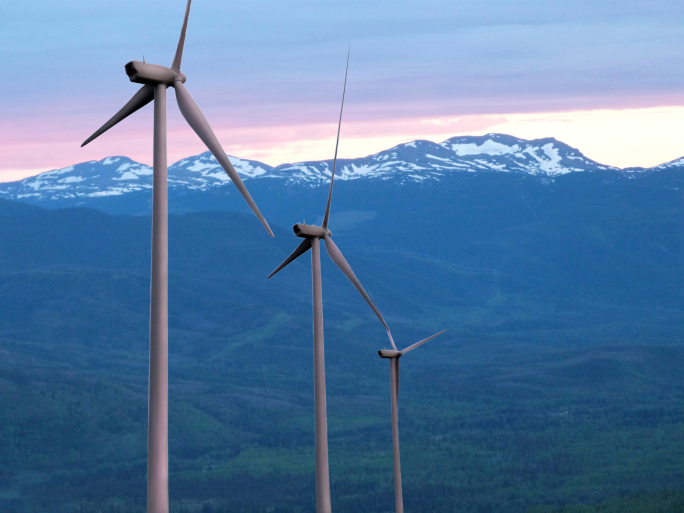The Bureau of Land Management (BLM) has ruled a proposed Mojave Desert wind farm “may not be feasible to authorize” under existing agency regulations.
Crescent Peak Renewables LLC is seeking permits to construct the Kulning Wind Energy Project.
The proposed project area includes nearly 9,300 acres of federal lands managed by the BLM in the southern tip of Nevada due south of the Wee Thump Joshua Tree Wilderness.
The company says the 68-turbine project would affect just 700 acres of those lands. The plan also includes constructing a 29-mile transmission line to the Sloan Canyon substation.
‘Low Priority’
The BLM said that because it doubts Kulning’s feasibility, it designated the project as “Low Priority” status, meaning its environmental reviews and applications would be placed on hold for consideration until higher priority projects are considered.
The BLM’s designation does not necessarily foreclose Kulning’s eventual development, but it makes it harder the project to get permits.
Among the factors BLM said justified designating Kulning as low priority, were the fact that the site of the industrial wind project was on or near lands containing “sensitive, viewsheds, resources, and values,” was on or near “designated critical habitat for federally threatened or endangered species,” was near “Department of Defense operating areas,” and is “located over or within 1,000 meters of natural surface water, springs, riparian areas, or wetlands.”
Monument Considerations
The fact that the proposed wind project also overlaps the footprint of the proposed 380,000-acre Avi Kwa Ame National Monument, may or may not have played a role in the BLM’s decision to downgrade Kulning, says Jonathan Wood, vice president for Law and Policy at the Property and Environment Research Center.
“The Antiquities Act allows, but does not require, the President to withdraw designated land from public lands laws,” said Wood. “If land were withdrawn, the President could later reverse that decision to allow a project to move forward, but I’m not aware of a renewable energy project being allowed with a monument boundary.
“It would be politically more difficult to allow a project after a monument decision,” Wood said.
Duggan Flanakin (dflanakin@gmail.com) writes from Austin, Texas.


























